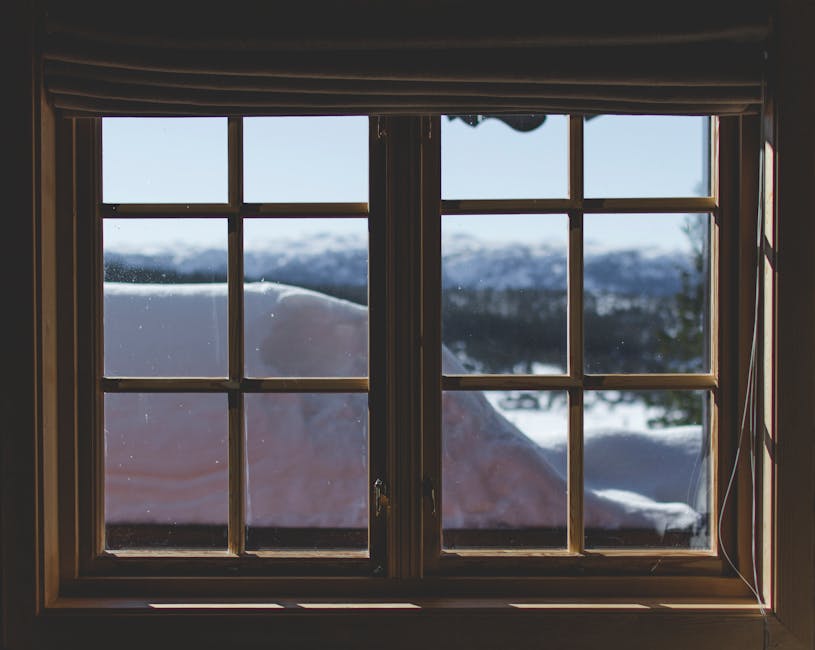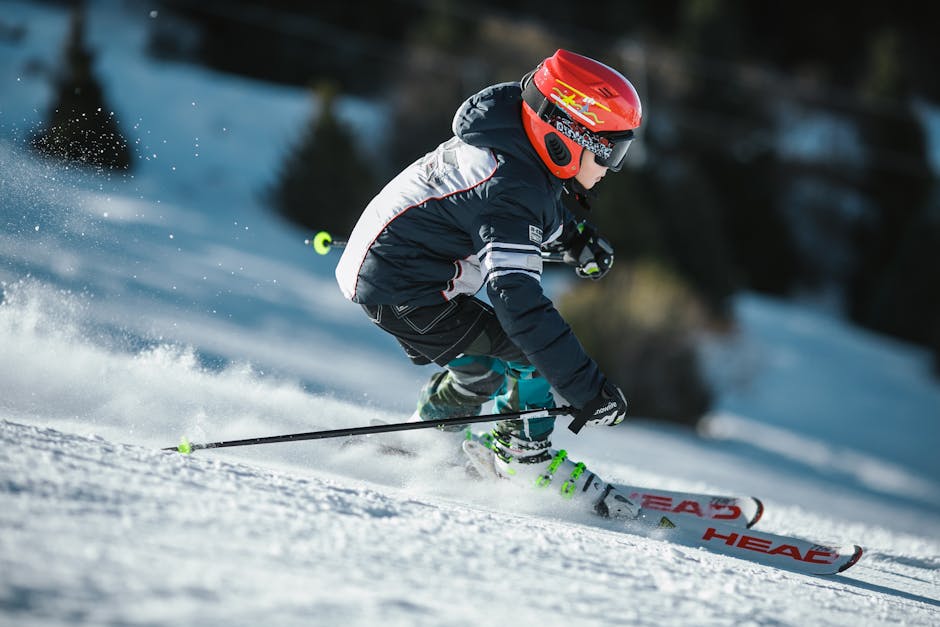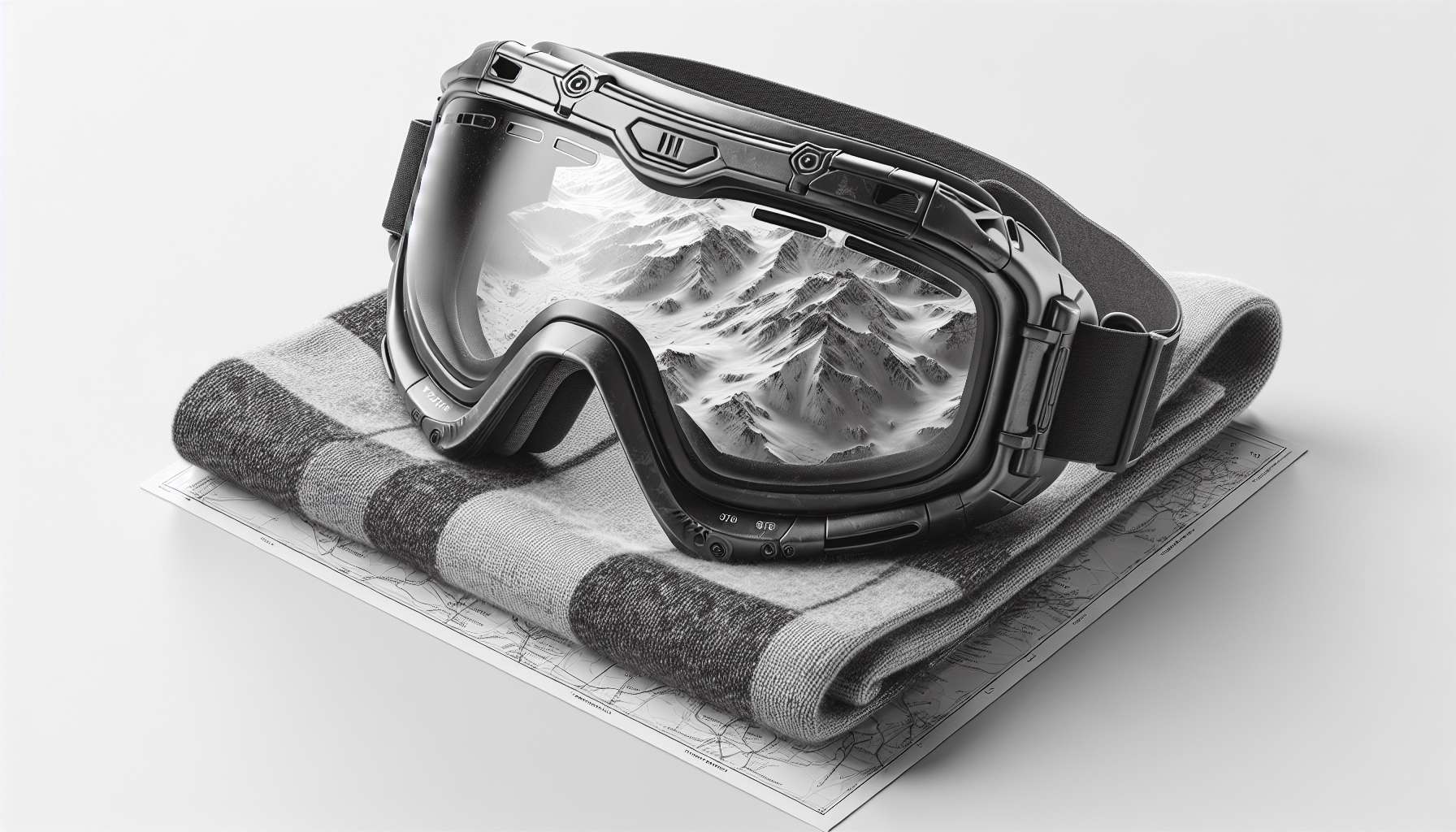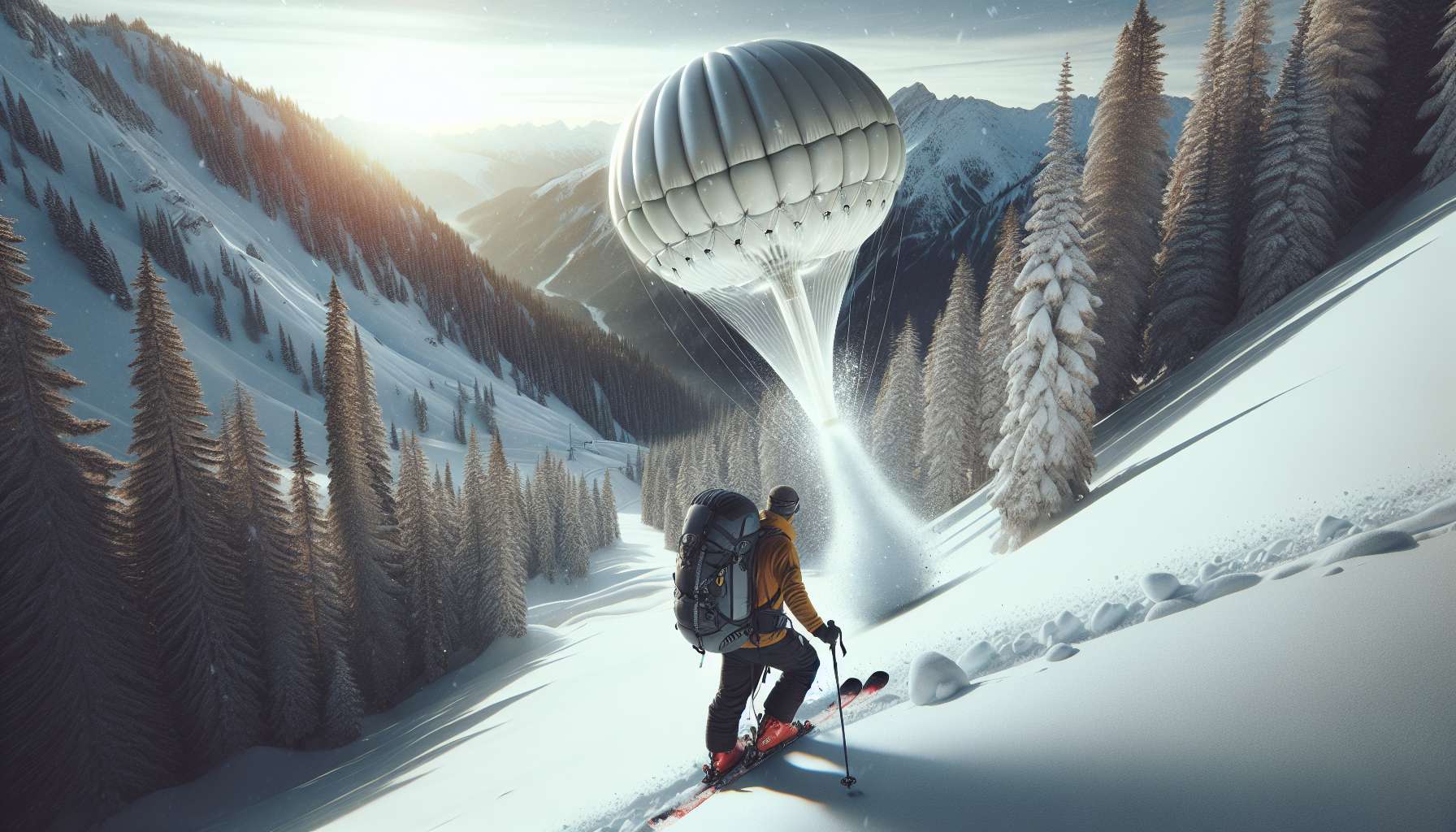Snow Goggles: Unveiling the Essential Gear for Snow Sports
Picture yourself gliding down a snow-covered slope, the crisp winter air biting at your cheeks as you navigate the twists and turns with precision. As you carve your way through the powder, one crucial piece of gear protects your eyes from the harsh glare of the sun and the biting cold snow goggles. These essential accessories are not just a fashion statement but a practical necessity for anyone hitting the slopes.
In this comprehensive guide, we delve into the world of snow goggles, exploring their history, design, functionality, and importance in snow sports. From their humble beginnings to the cutting-edge technology of modern-day goggles, we uncover the essential role these eyewear play in enhancing performance and safety on the slopes.
The Evolution of Snow Goggles
Long before the sleek, high-tech goggles we see today, snow eyewear had humble beginnings. Inuit tribes in the Arctic were among the first to use goggles made from materials like bone, wood, or leather to protect their eyes from the blinding reflection of the sun on snow and ice. These early forms of eye protection laid the foundation for the development of modern snow goggles.
It wasn’t until the early 20th century that snow goggles as we know them began to take shape. With the rise of winter sports like skiing and snowboarding, the need for specialized eyewear became apparent. Early goggles were often bulky and uncomfortable, made from materials like leather and glass. However, as technology advanced, so too did the design and functionality of snow goggles.
Today, snow goggles are a far cry from their primitive predecessors. With lightweight frames, interchangeable lenses, and advanced ventilation systems, modern goggles are designed to provide optimal clarity, comfort, and protection in a variety of conditions. From fog-resistant coatings to polarized lenses, snow goggles have come a long way in terms of innovation and performance.
The Anatomy of Snow Goggles
To truly appreciate the functionality of snow goggles, it’s essential to understand their anatomy. Each component plays a crucial role in enhancing visibility, comfort, and protection on the slopes.
Frame
The frame of snow goggles serves as the foundation for the entire structure. It provides stability and support for the lenses, as well as a comfortable fit for the wearer. Modern frames are typically made from lightweight, durable materials like thermoplastic polyurethane (TPU) or nylon, which offer flexibility and impact resistance.

Lenses
The lenses of snow goggles are perhaps the most important component, as they directly impact visibility and eye protection. Lenses come in a variety of tints and colors to enhance contrast and reduce glare in different light conditions. Some lenses are polarized to block out horizontal glare, while others have anti-fog coatings to prevent condensation buildup.

Strap
The strap of snow goggles is designed to secure the eyewear in place, ensuring a snug and comfortable fit. Most straps are adjustable to accommodate different head sizes and helmet compatibility. They are often lined with silicone or rubber to prevent slipping, even in wet or snowy conditions.

The Importance of Snow Goggles in Snow Sports
When it comes to snow sports, having the right gear can make all the difference between an enjoyable day on the slopes and a frustrating one. Snow goggles are a critical piece of equipment for several reasons:
Eye Protection
One of the primary functions of snow goggles is to protect the eyes from harmful UV rays, wind, snow, and debris. The reflective nature of snow can amplify UV exposure, leading to conditions like snow blindness if proper eye protection is not worn. Goggles with 100% UV protection are essential for safeguarding vision in bright alpine environments.
Enhanced Visibility
Clear vision is crucial for navigating the slopes safely and efficiently. Snow goggles with the right lenses can enhance contrast, reduce glare, and improve depth perception in various light conditions. Whether you’re skiing in bright sunlight or overcast skies, the right goggles can make all the difference in visibility.
Comfort and Performance
Comfort is key when it comes to snow sports, and snow goggles play a significant role in ensuring a comfortable experience on the slopes. Goggles with proper ventilation prevent fogging, while adjustable straps and foam padding provide a custom fit for all-day wear. Additionally, high-performance lenses can enhance clarity and reduce eye strain, allowing you to focus on your technique and enjoy the ride.
Choosing the Right Snow Goggles
With a plethora of options on the market, choosing the right snow goggles can be a daunting task. Here are a few key factors to consider when selecting the perfect pair:
Lens Type
The type of lens you choose will depend on the light conditions you typically ski or snowboard in. For bright, sunny days, mirrored or darker lenses are ideal for reducing glare. On overcast days, lighter or yellow-tinted lenses can enhance contrast and visibility. Some goggles come with interchangeable lenses, allowing you to adapt to changing conditions on the fly.
Fit and Comfort
Comfort is paramount when it comes to snow goggles, especially if you’re spending long days on the slopes. Look for goggles with adjustable straps, foam padding, and a snug fit that accommodates your helmet. Try on different styles to find the one that feels comfortable and secure on your face.
Helmet Compatibility
If you wear a helmet while skiing or snowboarding (which you should!), make sure your goggles are compatible with your headgear. Some goggles are designed to fit seamlessly with specific helmet brands, while others have adjustable straps and frame shapes to accommodate various helmet styles.
Ventilation and Anti-Fog Features
Few things are more frustrating than foggy goggles hindering your vision on the slopes. Look for goggles with adequate ventilation systems and anti-fog coatings to prevent condensation buildup. Some goggles have dual-pane lenses or fan-assisted ventilation to keep your vision clear in all conditions.
Expert Opinions on Snow Goggles
We spoke to renowned snow sports instructor and gear expert, Sarah Johnson, to get her perspective on the importance of snow goggles in winter sports:
“Snow goggles are a game-changer for anyone hitting the slopes. Not only do they protect your eyes from UV exposure and harsh weather conditions, but they also enhance visibility and performance on the snow. Investing in a quality pair of goggles can make all the difference in your skiing or snowboarding experience.”
Common Misconceptions About Snow Goggles
Despite their essential role in snow sports, there are several misconceptions about snow goggles that persist. One common myth is that goggles are only necessary in extreme weather conditions. In reality, eye protection is crucial in all light conditions, as UV rays can be just as damaging on a sunny day as on a cloudy one.
Comparative Analysis of Snow Goggles Brands
When it comes to choosing the right snow goggles, there are several reputable brands to consider. From Oakley and Smith to Giro and Anon, each brand offers a range of styles, features, and price points to suit different preferences. Conducting a comparative analysis of these brands can help you make an informed decision based on factors like lens quality, fit, and overall performance.
FAQs About Snow Goggles
1. Are polarized lenses better for snow sports?
Polarized lenses can be beneficial for reducing glare from horizontal surfaces like snow and ice. However, they may not be necessary for all snow sports enthusiasts, as they can affect depth perception in certain conditions. It’s best to try different lens types and see what works best for your specific needs.
2. How often should I replace my snow goggles?
It’s recommended to replace your snow goggles every 2-3 years, or sooner if you notice signs of wear and tear like scratched lenses or damaged frames. Regularly cleaning and storing your goggles properly can extend their lifespan and ensure optimal performance on the slopes.
To Wrap Things Up
Snow goggles are not just a fashion accessory but a vital piece of gear for anyone venturing out onto the snowy slopes. From protecting your eyes to enhancing visibility and performance, these eyewear play a crucial role in ensuring a safe and enjoyable winter sports experience. Whether you’re a seasoned pro or a beginner hitting the slopes for the first time, investing in a quality pair of snow goggles is a decision you won’t regret.




